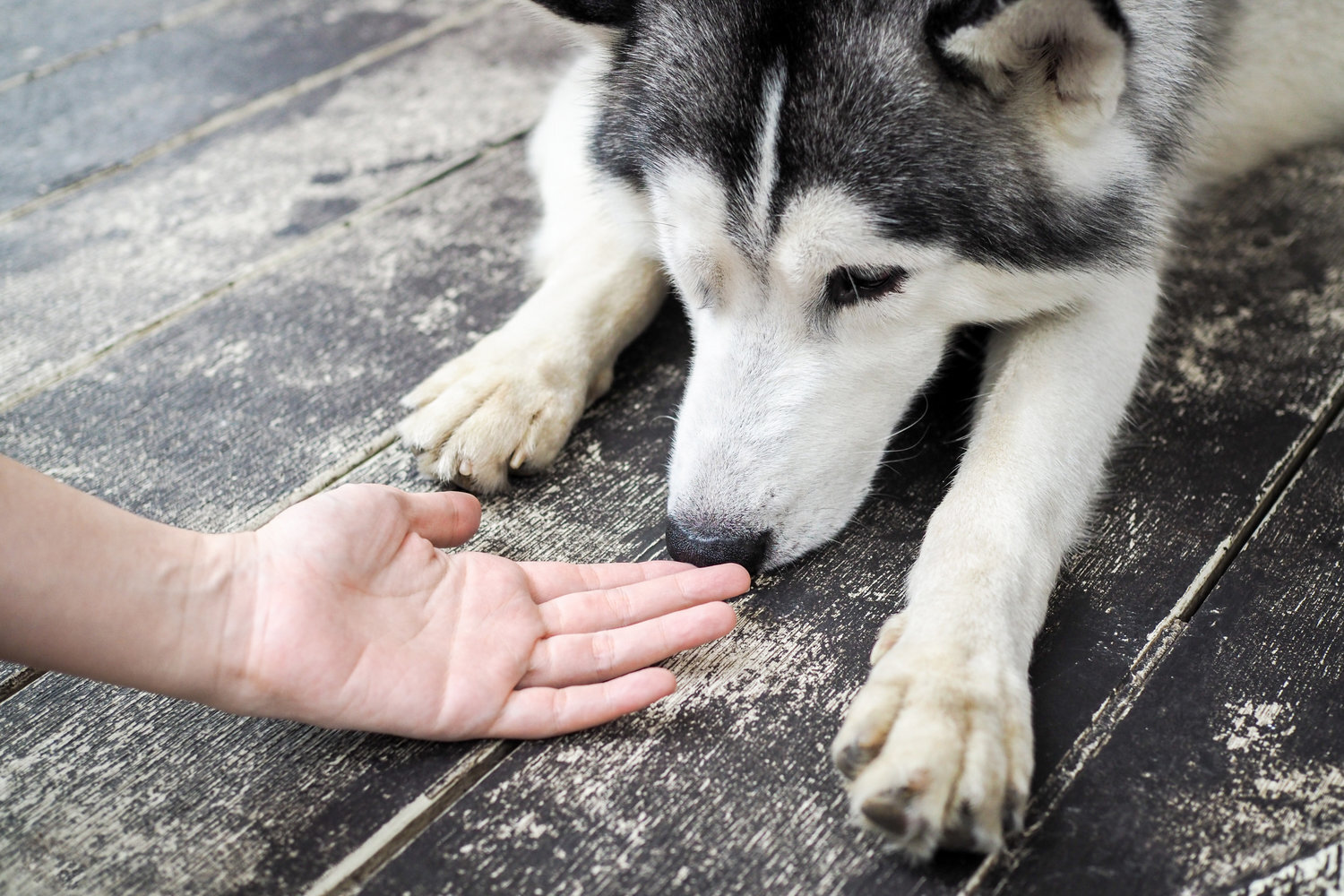Are You Introducing a New Pet to Your Family?
Adding a pet to your family is a big responsibility, but can be incredibly rewarding.
There's a long list of health benefits of having a pet, and it teaches your kids how to care for something else. Like any new member of your family though, Dr. Jessy wants to ensure that you introduce your new pet the right way.
Make sure to keep the following things in mind to make a smooth transition
Introducing a New Pet to Kids
There are things we take for granted as adults that kids don't understand. Here's how to make sure your kids and your new pet begin bonding from the start.
1. Steer Clear of Surprises
We've all seen those videos online of parents surprising their kids with a new puppy. As cute as it can be when those surprises go right, they can also go terribly wrong.
Kids tend to screech and yell when they're excited and surprised. Those sudden loud noises are understandably scary for a new pet. You run the risk of the fear created becoming defensive and even leading to a bite.
Simply surprise your kids with the news of their new dog or cat instead so they are calm when they meet their new friend.
2. Have a Training Session
Kids are still building their motor skills and they often don't know their own strength. To teach them how to be gentle and how to treat a pet kindly, Dr. Jessy recommends using stuffed animals for "training."
Kids should be taught to refrain from disturbing their pets when they are resting or sleeping, handling them roughly, screaming or shouting at them, getting too close to the pet’s face, hugging the pet or trying to take their toys or food.
The younger your kids are, the less developed their motor skills are and the more important this training is as a first step.
3. Set Up the Approach
When it's time for your kids to meet their new furry friend, be careful about the way they are introduced. An adult should have the pet on lead and let the pet observe the kids first. Kids should be sitting on the floor quietly and calmly with several treats in their hands. The kids should take turns saying the pet’s name and tossing a treat in the pet’s direction as the pet moves closer to the children.
This method gives the pet the choice of how close to approach which is determined by the pet’s comfort level.
Also, be sure everyone avoids approaching a pet from behind until the pet is comfortable in his or her new home.
4. Love the Leash
When you're bringing a new dog into the family, a leash is your best friend. The leash gives you a way to control the dog in case they exhibit an unwanted behavior; i.e. pick up an item they shouldn’t have, try to chase a running kid, decide to check out the trash, etc. And, the truth is, you’re not sure how a new dog will react with your family.
Some people skip the leash because they plan to hold the dog, but this isn't recommended. A dog can squirm out of your arms in an instant, and you don't want to put your own safety or that of your family at risk. A leash is the only way to go.
Building Your Family Four Legs at a Time
Every family who gets a pet can’t wait until the pet and the kids are best friends, playing in the yard or cuddling together. But, don't assume that will happen on day one. The tips above can help you arrange a peaceful, successful start to your growing family's bond.
If you’re not adopting from us here at HART, be sure to bring your pet to see Dr. Jessy to make sure your new pet is in good health and his or her vaccines are up-to-date.
Call our office for your new pet's first appointment.

